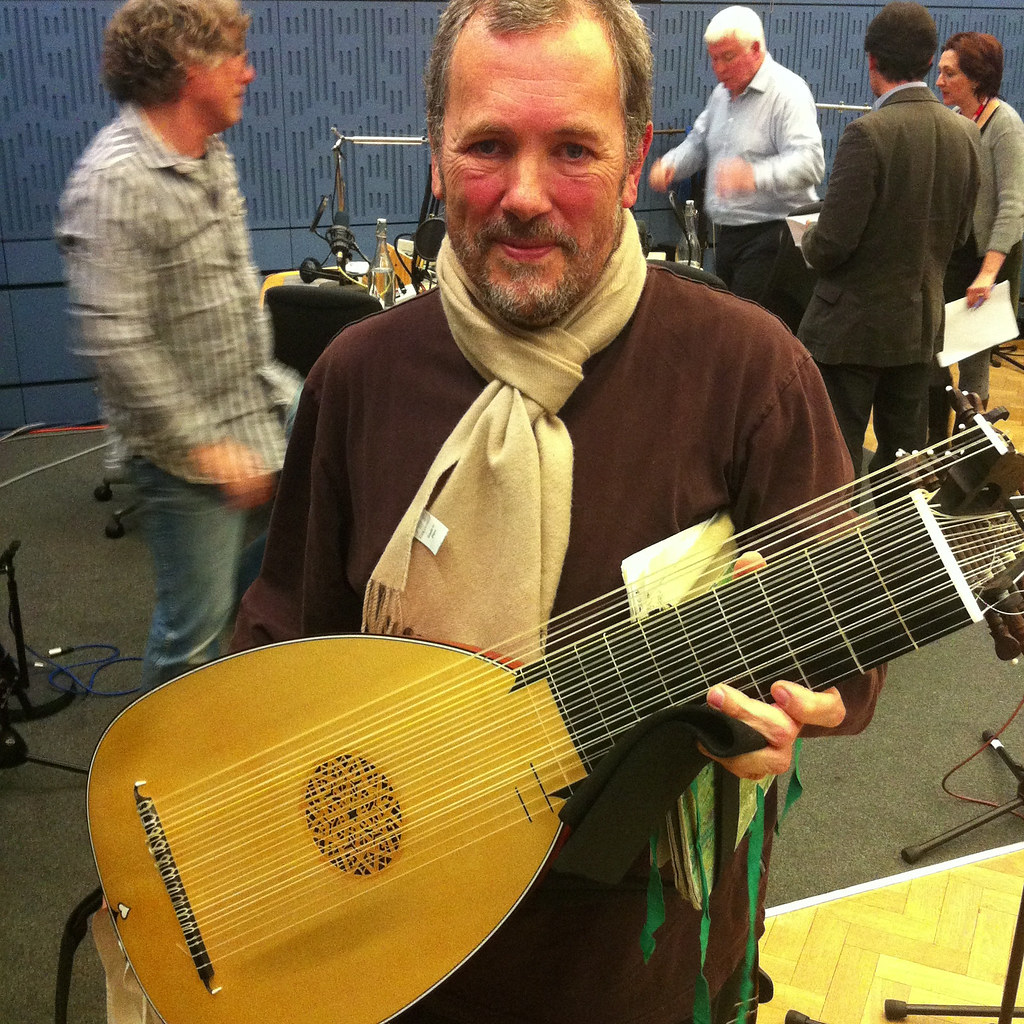Lute – Renewing the Thought in the Alexander Technique (Musicians)(Psychology)(Pain)(Strain)(Injuries)(Posture)(Albuquerque)
This ebook, An Alexander Technique Approach to Lute Technique, is published on this website in a PDF format. It is very detailed and practical, and it will give you the physical tools you need to take the limits off of your ability to create the accurate lute technique you want without sacrificing your body.
This ebook is also for sale on all AMAZON websites in a KINDLE format.
Located in Albuquerque, New Mexico, U.S.A. (MOVEMENT THERAPY)
Lutenists repeatedly tell their bodies what they want from their bodies when they play the lute, but this is usually done subconsciously. It feels like, to the lutenist, that the body is doing technique and posture by itself. In other words, the technique and posture that the lutenist has established, maybe a long time ago, just do themselves.
THE TECHNIQUE AND POSTURE A LUTENIST PRACTICES AND PERFORMS WITH DO NOT DO THEMSELVES. They are informed by the beliefs that the lutenist plays the lute with, and these beliefs/thoughts constantly determine what your body does. So, for many fine lutenists, the only thing that is still conscious in their playing is how they interpret the piece.
But what if you realize that there are some things that you would like to change about your posture or technique on the lute? Other than saying to yourself sit up straight or place the hands in a new position and force yourself to remember to do the changes you want to make to your lute playing, there is a specific tool that the Alexander Technique offers.
It is RENEWING THE THOUGHT, and renewing the thought is based on giving ORDERS OF ALLOWANCE to your body. Orders of allowance are conscious orders given to the body telling the body what you want it to do on the lute. So, when you are making a postural or technique change on the lute, you are bringing to full consciousness what needs to be done to improve how you play the lute.
Ex: An example of a postural change is that you realize your neck is collapsed and locked when you play. So the order of allowance you give to your body just before you play the lute is, “My neck is free and my head is leading a lengthening neck and spine upward, as I play the lute”. An example of a lute technique change to tight hands and fingers is, “My hand and fingers are released, as I pluck the strings”. And you order/let your body make these changes.
Notice, in both cases you’re telling your body what you want with very clear orders or directions. The question is, is saying this once to yourself as you begin your lute practice session enough? No. That is where the tool of RENEWING THE THOUGHT comes in. Let me explain.
As you have probably experienced in your past on the lute, when you were making changes to your lute technique or posture, that you would make the changes, and then realize after 30 minutes of practice you had forgotten about the changes. You had reverted back to your old technique and/or posture.
What did you do? I don’t know what you did, but I got angry and redoubled my effort to make sure I did the new changes no matter how mean I was to myself. I eventually got to the point in my classical guitar playing that the new technique or posture were part of my established new way of playing the guitar. But what a painful emotional and physical price I paid to make these changes.
The loving act of renewing the thought is the kindest way to establish changes in your lute technique or posture. It is the quickest way to replace the old with the new. So, as you practice to establish a new technique or posture in your lute playing, and you realize you forgot the changes, then repeat the order of allowance. This is renewing the thought and letting your body make the improvements to your lute technique or posture. Very quickly you will internalize and kindly habituate the new way.
How often do you renew the thought? You repeat it gently every time you become aware, as you practice the lute, that you “forgot” to do the new technique or posture. This truly places you in charge of how you want to play the lute, and it does it very consciously and very kindly.
